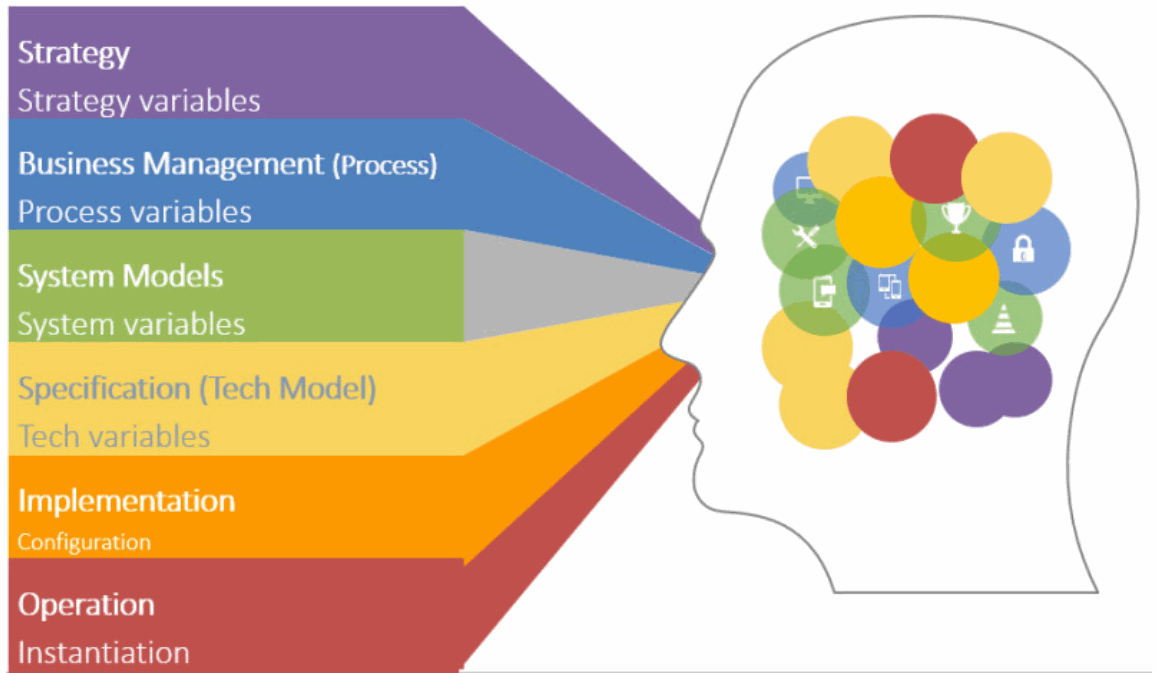One Enterprise, One Anatomy – A CEO’s Perspective on Real Estate Success
- Sunil Dutt Jha

- Oct 27, 2024
- 6 min read
Updated: Apr 1
The real estate industry is often viewed as complex and segmented, with unique challenges across residential, commercial, industrial, and retail sectors.
Real estate enterprises often face complex challenges. From managing disconnected processes to aligning diverse departments, these struggles can feel overwhelming and unending. We’ve all been there, navigating systems that don’t talk to each other and priorities that clash.
Sales teams rely on CRM tools that don’t integrate with tenant onboarding workflows. Finance tracks revenue and costs in isolation from operational data. Meanwhile, IT juggles multiple disconnected systems, leaving decision-makers with fragmented insights. The result? Missed opportunities, inefficiencies, and wasted resources.
These issues don’t just hinder operations—they impact people. Teams become frustrated as their efforts fail to produce results. Departments retreat into silos, creating a culture of blame instead of collaboration. Over time, employees lose trust in the organization’s ability to make meaningful changes, eroding engagement and innovation.
The good news? There’s a way to transform these frustrations into a unified, seamless enterprise framework. Instead of isolated fixes, imagine a model that integrates every perspective—strategy, processes, systems, components, and operations—into one cohesive system.
This is where the ICMG Anatomy Model excels. It offers an integrated framework that aligns every department and function, ensuring that strategy connects directly to operations. No more silos, no more gaps—just a unified enterprise working in harmony.
ICMG Enterprise Anatomy Model introduces a unifying perspective:

One Enterprise, One Anatomy. This principle suggests that every enterprise—regardless of its industry—operates under a consistent, integrated structure to achieve longevity and success.
In the same way that building architecture ensures the longevity and functionality of a structure, the architecture of a real estate enterprise must align departments, strategy, processes, and product segments to ensure sustainable performance. This blog explores how applying the ICMG anatomy model can transform fragmented real estate operations into a streamlined, coherent enterprise.
Want to read more?
Subscribe to architecturerating.com to keep reading this exclusive post.



